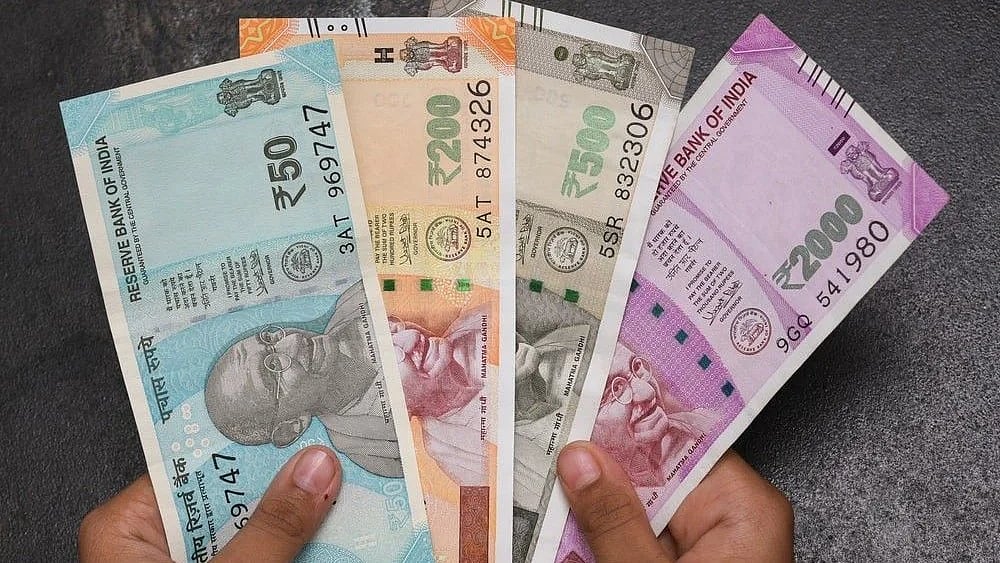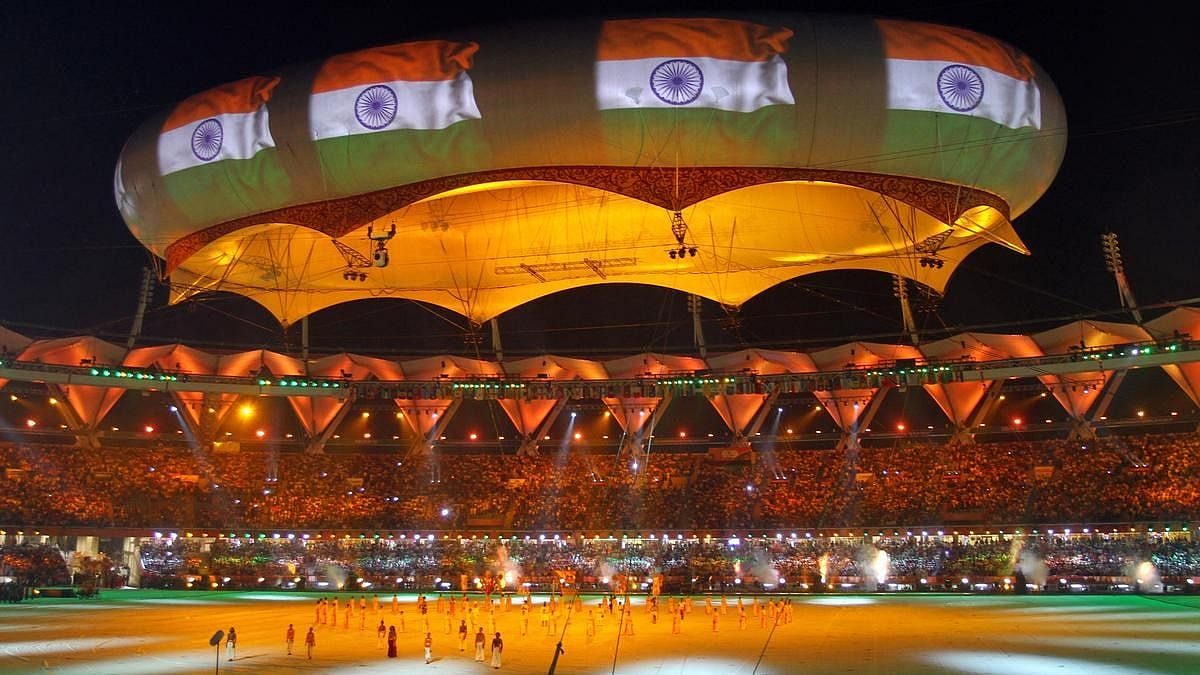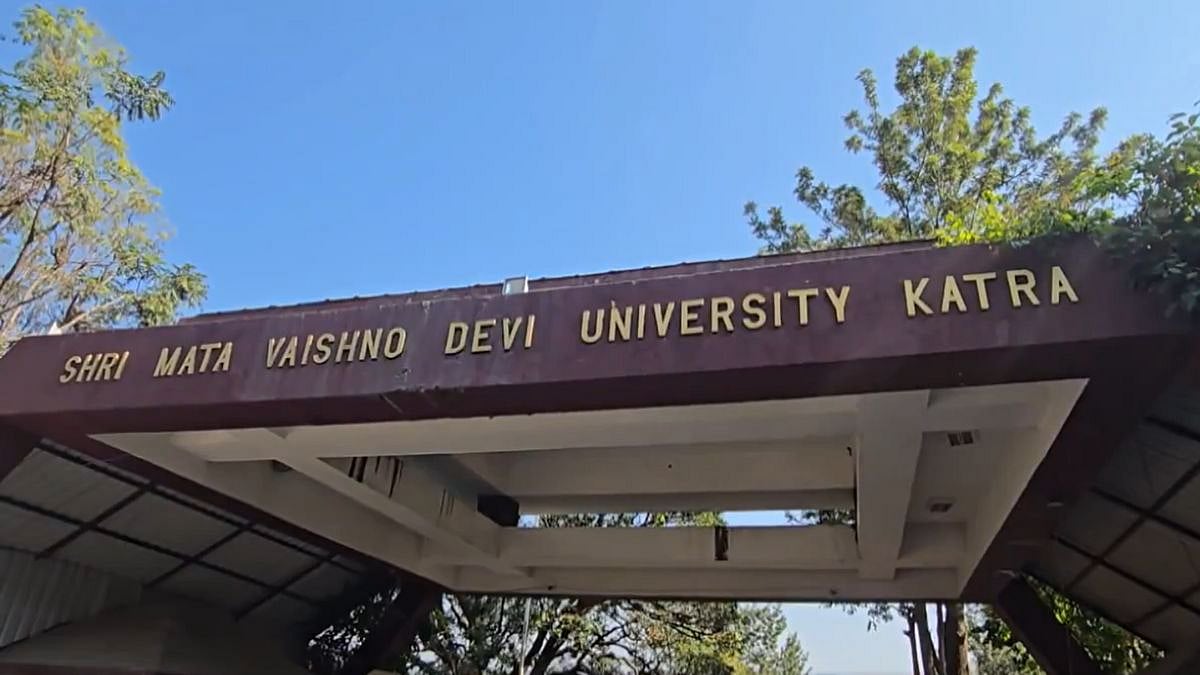The pandemic, followed by the war in Ukraine, has left a trail of devastation in its wake, particularly in our immediate neighbourhood. Owing to some deft economic management and perhaps some luck, India has managed to get away lightly so far, although it would still be a bit premature to pop the champagne corks.
It would also be unfair to blame only the pandemic and the fallout from Ukraine for the mess in South Asia, which comprises Pakistan, India, Nepal, Bhutan, Bangladesh, Sri Lanka, the Maldives and Afghanistan (by virtue of its membership of the South Asian Association for Regional Cooperation and historical ties with the region, although most Afghans would probably identify more with Central Asia.) The Asia Society, founded by American Philanthropist John D Rockefeller way back in 1956, also clubs Iran as a part of South Asia, but we’ll let that pass.
While there’s no doubt that the Covid-19 virus and to an extent Russia’s intervention in Ukraine dramatically changed our world, it also exposed, deepened and widened the political and economic fault lines already existing in most nations.
Afghanistan- graveyard of empires
Let’s start with Afghanistan, which has also been called the graveyard of empires, an apt sobriquet for a country which appears to be in perennial strife since the dawn of history. Twenty years after the Americans carpet-bombed the country into submission because the ruling Taliban had refused to hand over 9/11 mastermind Osama Bin Laden, Washington under President Joe Biden decided it had had enough, and gave the country right back on a plate to the bigoted religious outfit spawned in Pakistani seminaries.
As always, it was the women, children and elderly who were worst hit as the maniacal mullahs dragged the country back to the dark ages in the name of God. The crisis in Ukraine only served to distract attention from the abject misery of this segment, which was further compounded when the world decided to punish the Taliban by pulling out aid workers and blocking funds. The only people who laughed their way to the bank were the drug lords and assorted terrorist thugs like the Daesh (which is neither Islamic nor a State) and the Al Qaeda, each bigoted outfit trying to outdo the others in terms of cruelty and barbarism in an attempt to prove they were the only true followers of the faith.

Pakistan and Taliban
Neighbouring Pakistan, which had brokered the peace deal in the hope of getting some strategic space once the Taliban returned to rule Afghanistan, was in for a nasty surprise when the outfit it had nurtured, sheltered, armed and trained, turned against it. The Tehreek-e-Taliban-e-Pakistan, or TTP, and its assorted allies killed over 100 policemen in an attack on a Peshawar mosque on January 30, followed by an attack on the Karachi police headquarters and a crowded market in Baluchistan, to name just a few.
The financial meltdown fuelled by rampant corruption which led to a major shortage of food and essential items, increasing public resentment over huge hikes in taxes and tariffs in order to qualify for an IMF bailout, and the political turmoil following the April 2022 ouster of Prime Minister Imran Khan, turned the crisis into a nightmare for the country and its people.
China
China, the country’s best friend forever, added insult to injury by refusing to take a haircut on its huge loans to Pakistan, further jeopardising the possibility of an IMF bailout. Ironically, the spectre of absolute anarchy in the nuclear weapons state might lead to some aid flowing in to help stabilise the situation.
Nepal
Further east, Nepal, the small nation sandwiched between India and China, has seen 11 governments since 2008, when the 239-year-old monarchy was abolished and the country became a republic. This political uncertainty, as well as Chinese and Indian attempts to wield influence in the landlocked Himalayan nation has spooked both investors and tourists, stunting economic growth.
Bangladesh
Even Bangladesh, which used to boast the best development indices in the region till a few years ago, was forced to apply for an IMF bailout in January to avoid turning into a defaulter owing to the pandemic and the disruption of supply chains, compounded by rampant corruption across all sectors of the country.
Myanmar
Myanmar (India’s neighbour just across the Bay of Bengal, but seen as a Southeast rather than South Asian nation) is ruled by a military junta beholden to China for its survival. The military however, faces revolts by pro-democracy forces, rebels and drug lords along the lawless border with India, as well as issues over the Muslim Rohingya population which the government refuses to recognise as citizens.
Sri Lanka
Similar reasons –Covid, corruption, some extremely short-sighted economic decisions and massive debt which forced it to lease Hambantota port to China for 99 years -- led to Sri Lanka, the island nation just off India’s southern tip, turning into a sovereign defaulter in April 2022.
The political turmoil led to the sacking of the presidential palace by irate mobs and a change in government. But just like in Pakistan, the US-led IMF and China faced off over a bailout package, with China refusing to renegotiate its loans to the country, and offering a two-year moratorium instead.
Unconditional Indian aid –financial as well as essential items like food, medicines and fuel, helped Colombo manage the situation to some extent. But without a total and painful economic and political overhaul, the country which depends mostly on tourism for its revenues faces a bleak future.
Tourism is also the main revenue source for The Maldives, a tiny archipelago which faces similar problems of corruption and Chinese debt, which led to major political and economic crisis in 2018, whose ripples are being felt even now.
India has stepped into the breach to support both Sri Lanka and the Maldives in an effort to wean them away from Chinese influence. But there is a lot more that can be done, including the possibility of some sort of economic integration of the region (excluding Chinese client states like Pakistan and Myanmar) using the Indian rupee as a common currency, and ramping up political, strategic and cultural ties. But given China’s deep pockets and insidious influence, this is easier said than done.
Ramananda Sengupta is a foreign and strategic affairs analyst













